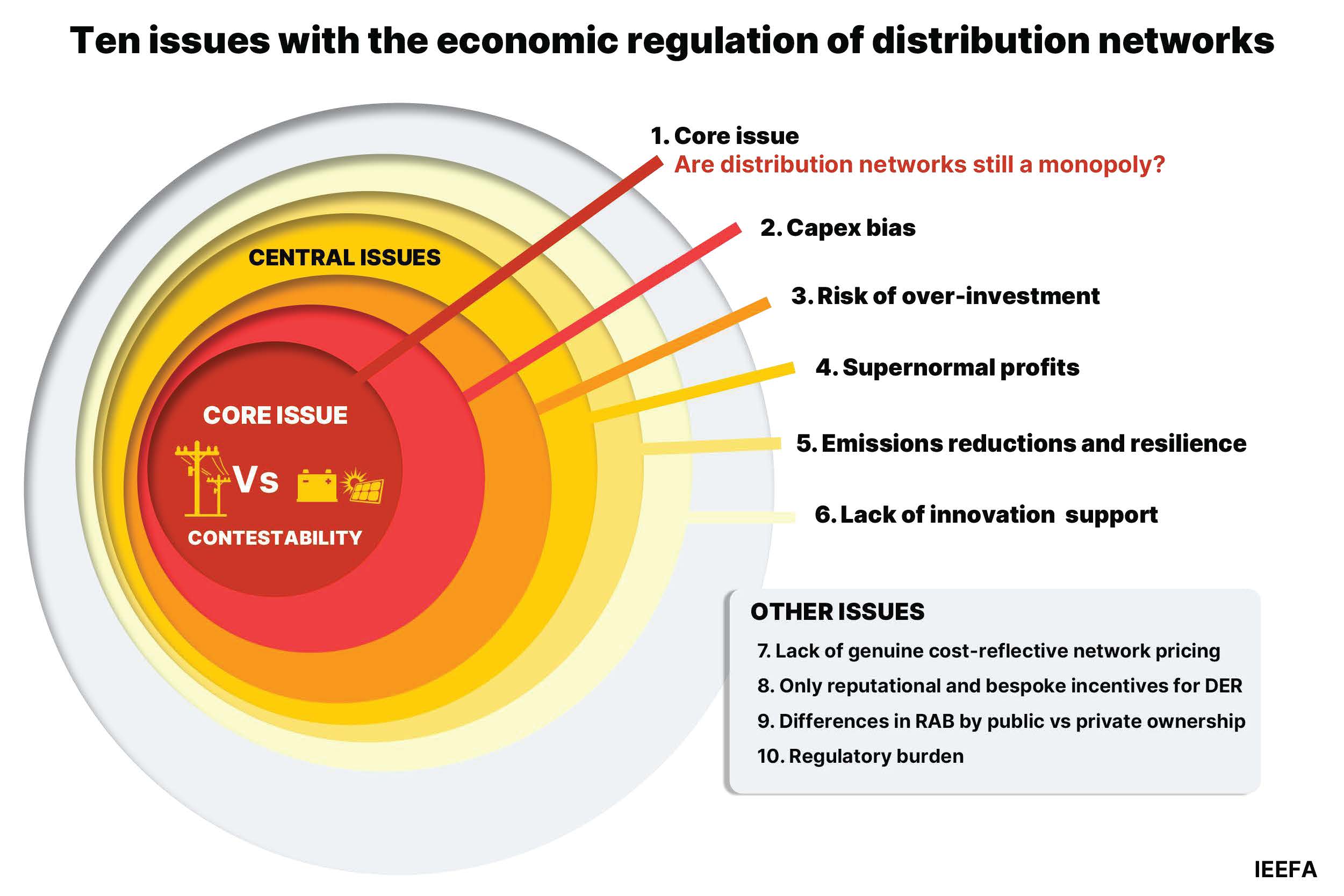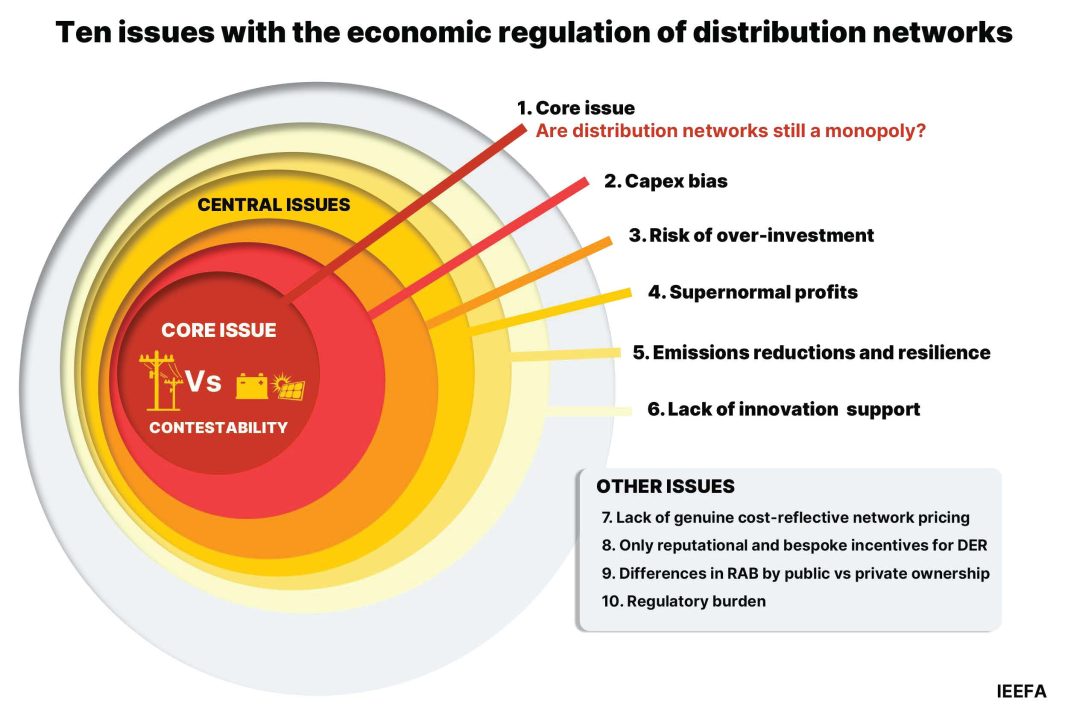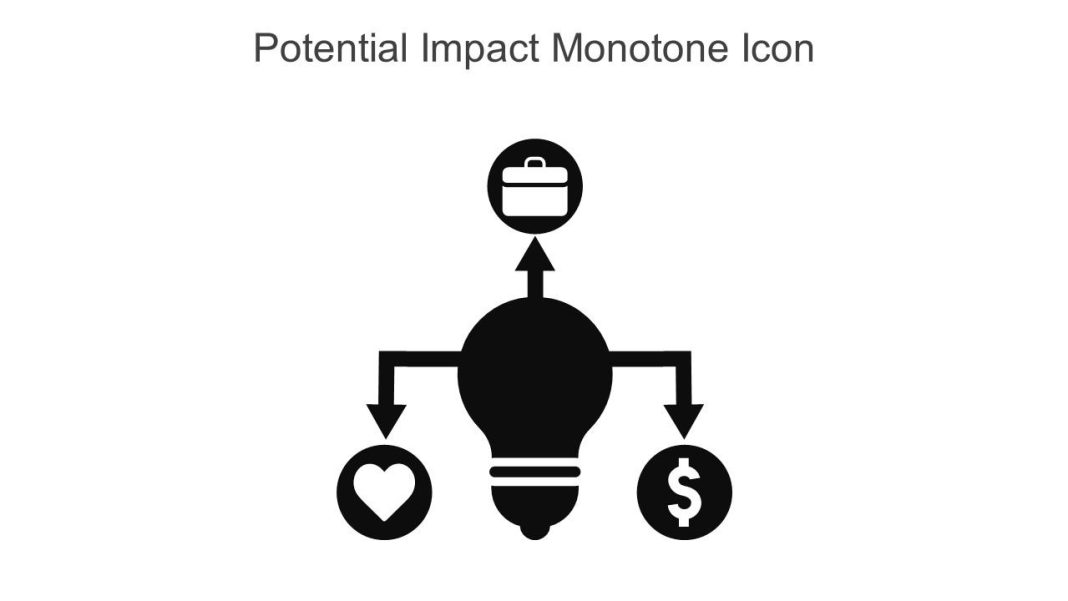 The rise of litigation funding companies and their partnership with law firms has had a significant impact on the amount of money received by class action litigants in Australia. According to a report by the Menzies Research Centre, between 2009 and 2020, over 40 percent of the money won in class actions was taken by litigation funders and lawyers, leaving plaintiffs nearly a billion dollars out of pocket.
The rise of litigation funding companies and their partnership with law firms has had a significant impact on the amount of money received by class action litigants in Australia. According to a report by the Menzies Research Centre, between 2009 and 2020, over 40 percent of the money won in class actions was taken by litigation funders and lawyers, leaving plaintiffs nearly a billion dollars out of pocket.
Litigation funders operate by essentially gambling on the success of a lawsuit and profiting from the damages awarded to plaintiffs. They can quickly launch a class action once they find a representative plaintiff, with the expectation of securing a contingency fee upon settlement. This practice has become particularly prevalent in Australia, where contingency fees are only allowed in class actions in the Federal Court and the Victorian Supreme Court.
As a result, litigation funders have flocked to these jurisdictions, with approximately 22 companies operating in Australia, 14 of which are foreign-owned. The sector is dominated by four major companies that generate around 70 percent of total revenue. This influx of litigation funders has contributed to Australia now having the second-highest rate of class actions per capita, only behind the United States.
The industry of funding lawsuits has become incredibly lucrative, with a compound annual growth rate of 9.6 percent from 2019 to 2024, reaching an estimated revenue of $199.3 million. This rate of growth is four times higher than that of the mining industry. The Menzies Centre’s report highlighted the substantial returns made by litigation funders, with Omni Bridgeway making a 205 percent return from one recent class action and LCM making 230 percent.
Interestingly, despite thousands of law firms operating in Australia, the majority of class actions are brought by just seven firms. Maurice Blackburn, Shine Lawyers, Phi Finney McDonald, Piper Alderman, Levitt Robinson, Quinn Emanuel, and Slater and Gordon accounted for over half of all class action cases in the last financial year.
However, conflicts can arise within the system, particularly between lawyers, litigation funders, and class members. In some cases, if a claim appears unlikely to succeed, lawyers and funders may pressure plaintiffs into settling early to secure a return, rather than risking the no-fee aspect of the “no-win, no-fee” arrangement.
The lack of regulation in the industry has further complicated matters. The Albanese government recently revoked reforms that required litigation funders to have an Australian Financial Services License, reducing transparency within the sector. Class action funding is no longer categorized under management investment schemes, which previously necessitated disclosure documents, thus eliminating the requirement for litigation funders to disclose their fees and commissions. Currently, there are no limitations on the fees that funders can charge in Australia.
This lack of regulation has had serious consequences in some cases. In the “Banksia” class action, it was discovered that the litigation funder, Australian Funding Partners Limited (AFPL), and the organizing lawyers had overcharged to such an extent that the barristers involved were struck off and AFPL was ordered to pay $11.2 million in compensation plus around $10 million in costs.
Furthermore, the need for revenue has led litigation funders to increasingly target government agencies and corporations. The Menzies Research Centre estimates that an ASX 200 listed company has a one-in-10 chance of facing a class action, with the average claim ranging from $50 million to $75 million.
In conclusion, the rise of litigation funding companies in Australia has had a significant impact on class action litigants. While these companies have provided a means for plaintiffs to pursue legal action without upfront costs, they have also resulted in a substantial portion of damages being taken by funders and lawyers. The lack of regulation and transparency within the sector raises concerns about potential conflicts of interest and overcharging. It is crucial for policymakers to address these issues to ensure fair outcomes for plaintiffs and maintain the integrity of the legal system.


